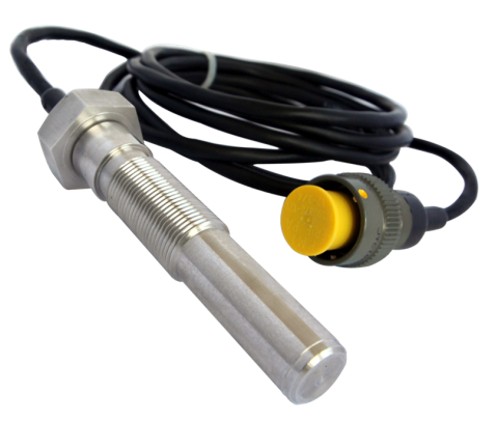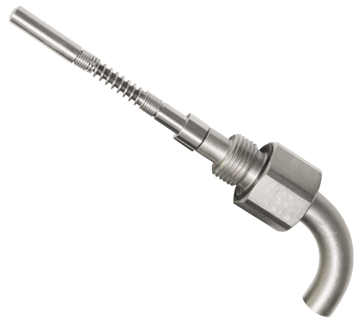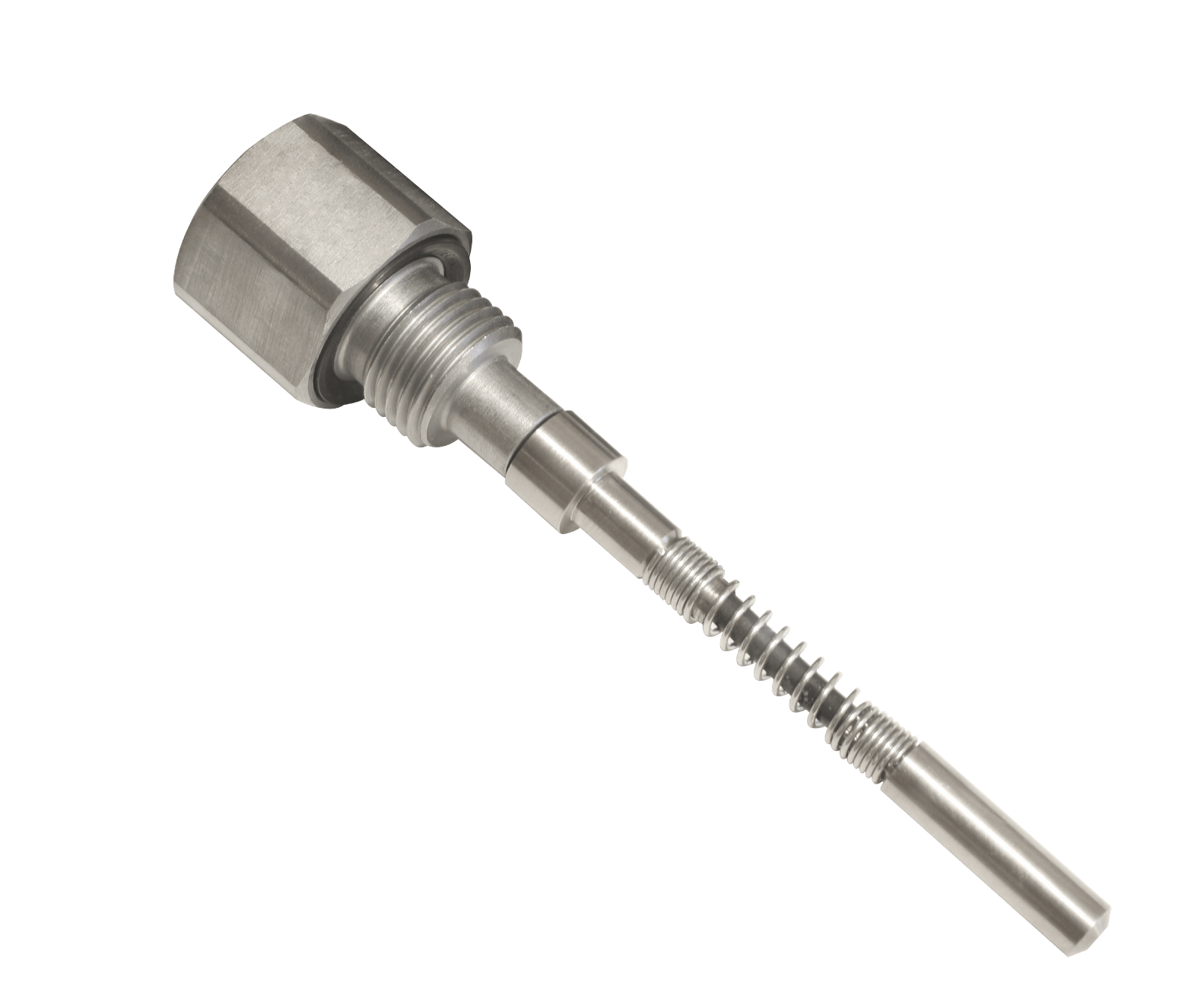locomotives / rail
RAILWAY APPLICATIONS
Magnetic Sensors Corporation, a front-runner in groundbreaking speed solutions for railway applications, leads the industry. Our guiding principle is straightforward: you deserve exactly what you want, without any compromises.
With MSC’s sensor design program, acquiring innovative and durable speed sensors becomes effortless. Drawing from our extensive experience serving top railway companies, we possess an in-depth understanding of your application requirements and essential features.
Consult with us regarding your specific needs, and we’ll support you in crafting the ideal design and functionality. Whether your project demands a single piece or a million, we are equipped to deliver. Your signal is all we need to get started.
Locomotives
MAGNETIC SENSORS CORPORATION continues to be an innovator on speed solutions for railway applications for the past 20 years. MSC’s Variable Reluctance (VR) engine cam and crank shaft speed sensors are used extensively in diesel-electric locomotives. MSC’s engine cam and crank sensors have very high reliability. An MTBF of millions of hours has been demonstrated.
Hall Effect sensors usually sense a rotating target wheel or gear. The sensor, with its head at a precise distance from the target wheel, detects the magnets or teeth passing its face. The sensor provides up to four independent channels of output that can be sampled by train control systems and braking controllers. In addition to sensing speed, the sensors are also used to calculate distance traveled by multiplying the number of rotations of the wheel by wheel circumference.

Traction Motor speed sensors are used extensively in rail vehicles for the critical speed control and braking systems. Locomotives depend on a reliable and precise rotary speed signal, to measure speed or changes in speed, particularly on traction and train. Although drives without sensors are also used, most locomotives with traction motor need a rotary speed sensor for their regular system. The speed sensors are mounted to traction motor which feedback speed to the traction motor and the drive train Engine Control Module.
MSC supplies Hall Effect Cam & Crank Traction Motor Speed Sensors which are used extensively in rail vehicles for the critical speed control and braking systems. Locomotives depend on a reliable and precise rotary speed signal, to measure speed or changes in speed, particularly on traction, train and door control. Although drives without sensors are also used, most traction motor locomotives need a rotary speed sensor for their regulator system

High Speed Rail
MSC takes great pride in its involvement in supplying the country’s first high-speed rail, specifically for the Hot Axle Box Detector (HABD) application. As part of this project, we have provided PT1000 temperature sensors, known for their high accuracy and suitability for use in environments with wide temperature variations.
Our PT1000 temperature sensor incorporates a 2-wire, Class B design, utilizing a PT1000 element. It offers a broad measuring range of -50ºC to +400ºC and operates reliably within a temperature range of -25ºC to +85ºC. The temperature sensing element is securely housed in a stainless steel enclosure, providing robust protection, and is fully encapsulated in a high-temperature, thermally conductive epoxy. This ensures exceptional performance and reliability, even in the harsh conditions encountered within train bogies (trucks).
To enhance durability and ease of installation, our temperature probes have been assigned an IP69K ingress protection rating, making them resistant to pressurized steam. Additionally, the sensor features a 90º elbow coupled to the cable, allowing the cable to exit the temperature probe without enduring excessive bending stresses. Throughout its entire length, the cable is further safeguarded by a flexible conduit.
In addition to the positive and negative conductors, we have included a third conductor for ground potential in the cable. This configuration enables the determination of the temperature probe’s ground potential at the signal conditioner site through a 6-pin Harting connector.
MSC’s PT1000 temperature sensors exemplify our commitment to delivering reliable and accurate solutions tailored for demanding applications like the Hot Axle Box Detector in high-speed rail systems.

Hot Axel Box Detector (HABD) temperature sensor uses a 2 wire, Class A, PT1000 element with a measuring range of -50ºC to +400ºC and has an operating temperature of -40ºC to +150ºC.
CLICK HERE FOR FULL SPECS

Qualified to Vibration and Shock per EN61373 Cat. 3 (Axle Mounted hardware), Ingress protection per IEC 60529 (ISO 20653) IP69K, EN50155 and other specific tests.
